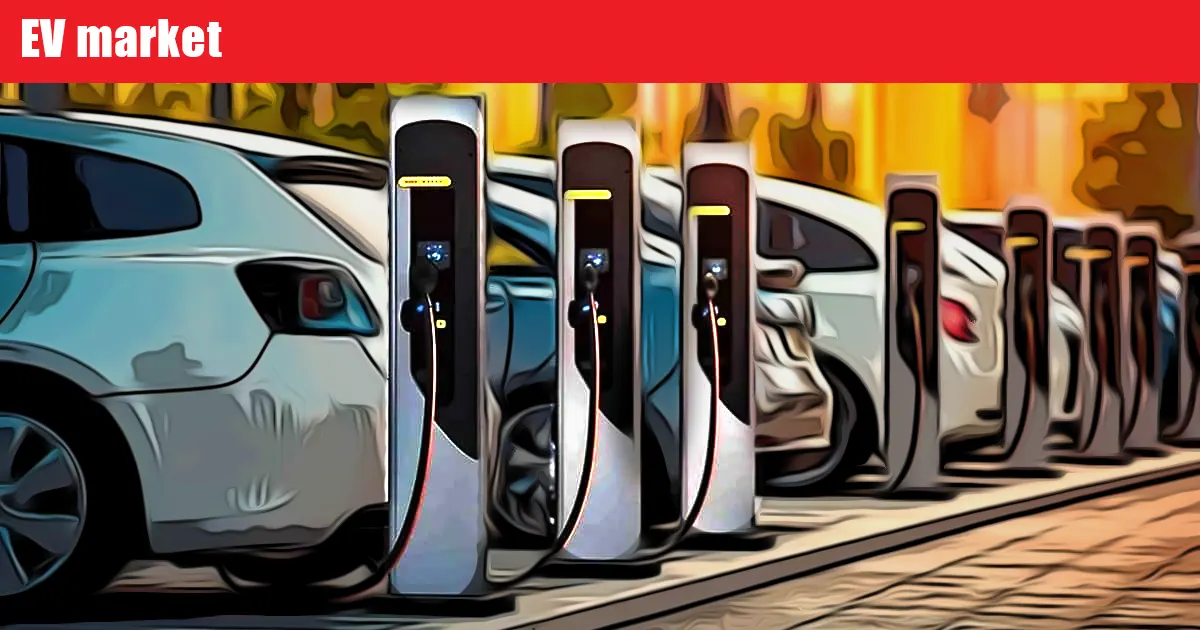
The launch of the ‘EV as a Service’ program by Convergence Energy Services Limited (CESL) aims to support India’s transition to electric vehicles by deploying 5,000 electric cars within government ministries and public sector units over the next two years. This initiative aligns with India’s ambitious net-zero goal by 2070 and contributes to the PM E-DRIVE scheme.
Challenges for the EV Market in India
- Charging Infrastructure: Limited charging stations, especially in rural and non-urban regions, make long-distance EV travel challenging. Building and maintaining charging stations remains expensive, reducing operator interest.
- Range and Charging Time: EVs require significant time for a full charge compared to the quick refueling of gasoline vehicles, posing a limitation on convenience.
- High Upfront Costs: EVs are often more expensive than traditional vehicles due to the high costs of batteries and technology, making affordability a hurdle for many consumers.
- Service Network Limitations: There are few trained EV technicians and service centers, complicating maintenance for owners and raising concerns about reliability.
- Supply Chain Dependency: Dependence on imported materials like lithium and cobalt for EV battery production makes the industry vulnerable to global supply fluctuations and price volatility.
Key EV Initiatives and Policies in India
- New Electric Vehicle Policy 2024: Aims to position India as a major manufacturing hub for EVs, promoting domestic production and reducing import reliance.
- Electric Mobility Promotion Scheme (EMPS) 2024: Focuses on increasing the adoption of electric two-wheelers, three-wheelers, and e-rickshaws, promoting sustainable mobility in urban areas.
- National Mission on Transformative Mobility and Storage: Seeks to localize the production of EVs and components within India to reduce dependence on imports and strengthen the domestic supply chain.
- EV30@30 Campaign: India’s commitment to ensuring that at least 30% of new vehicle sales will be electric by 2030, targeting sustainable transportation growth.
- FAME-II: Provides financial incentives for EV purchases and encourages the establishment of necessary charging infrastructure across India.
- PLI Scheme for Advanced Chemistry Cells (ACC): Supports battery manufacturing to lower battery costs, making EVs more affordable for consumers.
- National Electric Mobility Mission Plan (NEMMP): A broader initiative to promote both electric and hybrid vehicles, providing a roadmap for cleaner transport in India.
- E-Amrit Portal: Launched at COP26, this portal serves as a one-stop information hub on EVs, offering resources on purchasing, policies, and benefits.
- Green License Plates: Introduced to differentiate EVs from conventional vehicles, promoting a distinct identity and encouraging their usage.
- GST Reduction: The GST on EVs was reduced from 12% to 5%, and GST on EV chargers was cut from 18% to 5%, making EVs more economically viable.
- Go Electric Campaign: Focuses on raising public awareness of the environmental and economic benefits of EVs and the growing availability of EV charging infrastructure.




